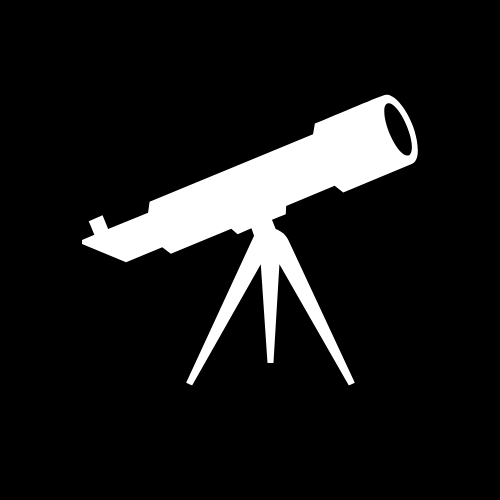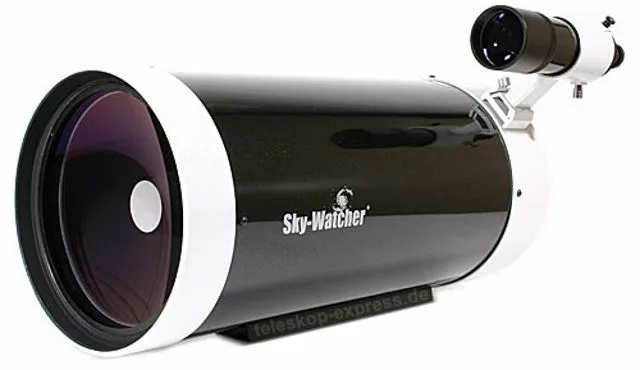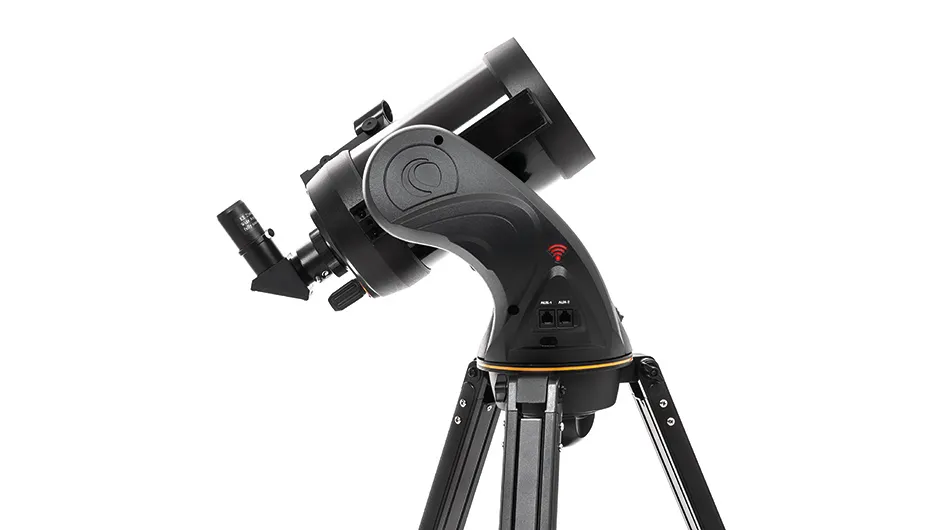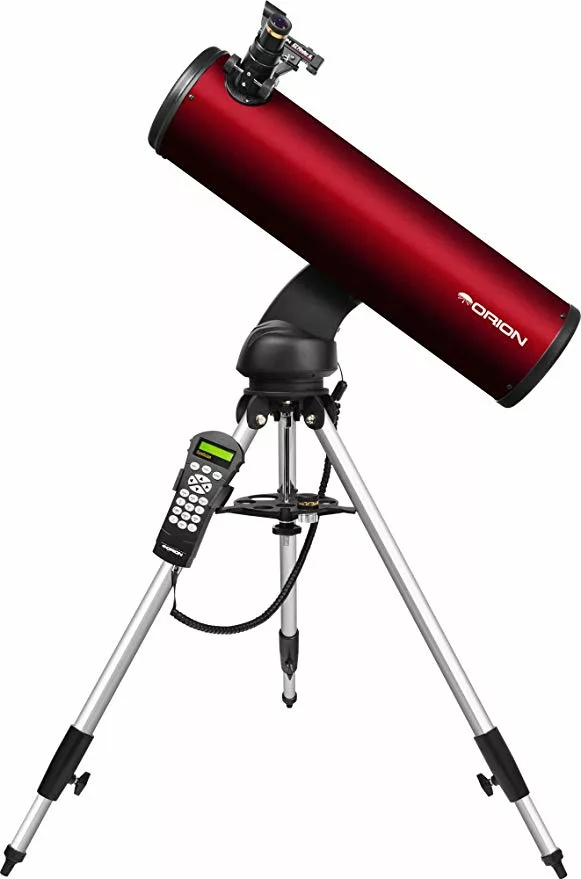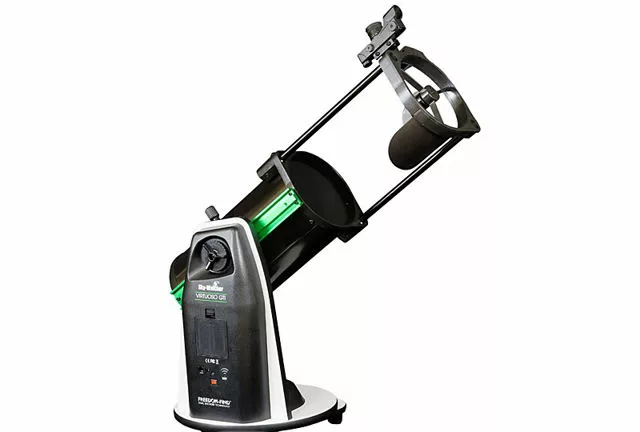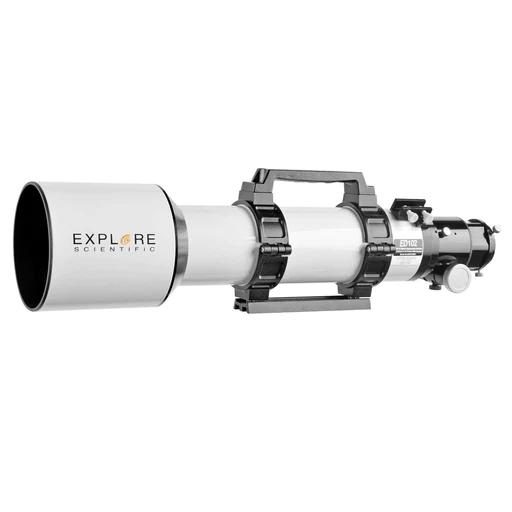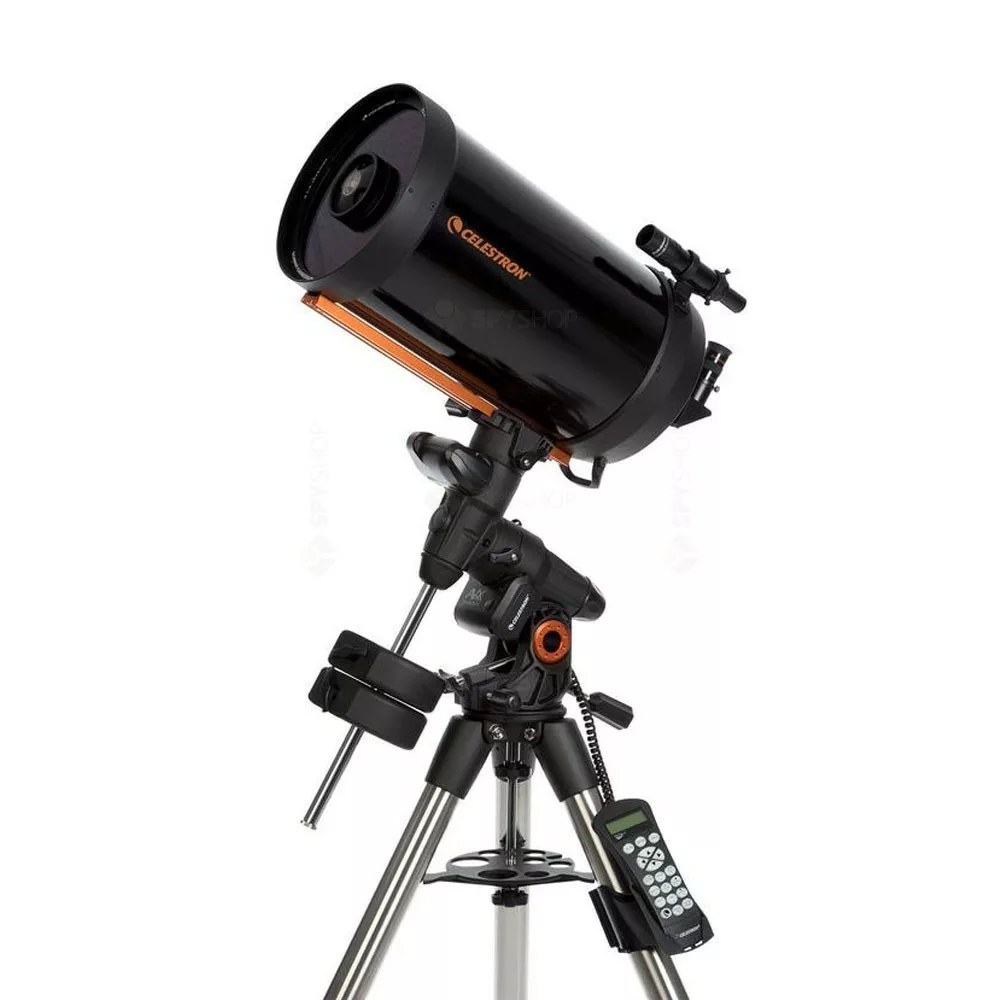7 Best Telescopes for Planet Gazing in 2024
Exploring the Celestial Wonders: The Art of Choosing the Perfect Telescope for Planet Observation
Astronomy, a timeless pursuit that has captivated humanity for centuries, offers a unique window into the vast and mysterious cosmos. At the heart of this celestial exploration lies the telescope, a remarkable instrument that has continually evolved, bringing distant planets and galaxies within our view. The thrill of observing planets, with their distinct features and phenomena, is an unparalleled experience for both amateur stargazers and seasoned astronomers alike.
In recent years, advancements in telescope technology have revolutionized our ability to observe and study the planets in our solar system and beyond. Modern telescopes now boast enhanced optics, greater light-gathering capabilities, and sophisticated computerized controls, making it easier than ever to delve into the depths of space. These technological leaps have not only improved the quality of observation but have also made telescopes more accessible to a broader audience.
Choosing the right telescope for planet observation is crucial. It’s not just about magnification; factors like aperture size, optical quality, and mount stability play a pivotal role in how well you can observe planetary details. Whether you’re a beginner eager to catch your first glimpse of Jupiter’s moons or an experienced observer aiming to study the rings of Saturn in detail, the right telescope can make all the difference.
In this guide, we will explore the 7 best telescopes for planet gazing in 2024, each offering a unique blend of features to enhance your stargazing experience. From compact and user-friendly models to advanced systems for detailed planetary viewing, we’ve got you covered. So, let’s embark on this journey through the stars and discover the perfect telescope to unlock the secrets of the planets.
1. Sky-Watcher SkyMax 180 Pro Maksutov-Cassegrain
Description: The Sky-Watcher SkyMax 180 Pro stands out as a remarkable instrument in the world of planetary telescopes. This Maksutov-Cassegrain telescope, known for its compact design and exceptional optical quality, is a superb choice for astronomers who demand precision and portability. With its substantial 180mm aperture and a long focal length of 2,700mm, it offers stunningly clear and detailed views of planetary bodies. Its design is particularly suited for those who are fascinated by the intricate details of planets and deep-sky objects.
The SkyMax 180 Pro is not just about power; it’s also about convenience. Weighing only 7.8kg, it strikes an excellent balance between portability and performance. This telescope is ideal for those who have limited space or wish to travel to dark-sky locations for optimal viewing. The inclusion of a 9×50 finderscope and a 2-inch fit star diagonal enhances the overall stargazing experience, making it easier to locate and observe celestial objects.
| Specifications | Details |
|---|---|
| Aperture | 180mm |
| Focal Length | 2,700mm |
| Weight | 7.8kg |
| Optics Type | Maksutov-Cassegrain |
| Extras | 9×50 finderscope, 2-inch fit star diagonal |
| Pros | Cons |
|---|---|
| Lightweight and portable | Pricier compared to similar models |
| Excellent for deep-sky viewing | Comes with only one eyepiece |
| Robust build quality |
2. Celestron Astro Fi 5 Schmidt-Cassegrain Wi-Fi System
Description: The Celestron Astro Fi 5 Schmidt-Cassegrain Telescope represents a harmonious blend of traditional optics and modern technology, making it a standout choice for budding astronomers. This telescope, with its 5-inch (127mm) aperture, offers a gateway to the wonders of the night sky, providing crisp and clear views of planets and other celestial objects. What sets the Astro Fi 5 apart is its integration with Wi-Fi technology, allowing users to control the telescope via a smartphone or tablet using Celestron’s free app. This feature not only simplifies the stargazing experience but also makes it more interactive and engaging, especially for beginners.
The telescope’s user-friendly design is evident in its easy setup process, requiring no tools for assembly. This ease of use extends to its operation, where even novices can quickly learn to navigate the night sky. The Astro Fi 5 is also relatively lightweight at 7kg, making it a portable option for those who enjoy stargazing in different locations.
Specs Table:
| Specifications | Details |
|---|---|
| Aperture | 5-inch (127mm) |
| Weight | 7kg |
Pros and Cons:
| Pros | Cons |
|---|---|
| Easy setup | Requires 8 x AA batteries |
| WiFi-controlled | Slight edge distortion |
| Good for beginners |
3. Orion StarSeeker IV 150mm GoTo Mak-Cass Telescope
Description: The Orion StarSeeker IV 150mm GoTo Mak-Cass Telescope is a marvel for those who seek a balance between power and user-friendliness in their astronomical pursuits. This telescope, with its substantial 150mm aperture, brings the wonders of the universe closer to home, offering sharp and detailed views of planets and deep-sky objects. Its 1,800mm focal length provides a wide field of view, making it ideal for both planetary and nebular observations.
One of the standout features of the StarSeeker IV is its GoTo mount, which automatically locates and tracks celestial objects with precision. This feature, combined with the telescope’s intuitive design, makes it an excellent choice for beginners and intermediate astronomers alike. The telescope’s database includes thousands of celestial objects, ensuring that users have a vast array of stars, planets, and galaxies to explore.
Despite its advanced capabilities, the StarSeeker IV is designed for easy assembly and use. Weighing 12kg, it strikes a balance between stability and portability. This telescope is perfect for those who appreciate detailed astronomical observations without the complexity often associated with high-end telescopes.
Specs Table:
| Specifications | Details |
|---|---|
| Aperture | 150mm |
| Focal Length | 1,800mm |
| Weight | 12kg |
| Mount Type | GoTo Computerized |
| Database | Thousands of celestial objects |
| Optical Design | Maksutov-Cassegrain |
Pros and Cons:
| Pros | Cons |
|---|---|
| Easy assembly | Requires batteries |
| Detailed views | Slight tracking issues |
| Automated tracking |
4. Sky-Watcher Heritage 150P Virtuoso GTi Wi-Fi Dobsonian
Description: The Sky-Watcher Heritage 150P Virtuoso GTi Wi-Fi Dobsonian telescope is a testament to the fusion of traditional Dobsonian design with modern technology. This telescope, with its 127mm aperture, offers a substantial viewing experience, making it an excellent choice for both beginners and seasoned stargazers. Its 1,500mm focal length allows for expansive views of the night sky, capturing detailed images of celestial bodies.
A standout feature of the Heritage 150P is its integration with Wi-Fi technology, enabling control via a smartphone or tablet. This modern touch adds convenience and accessibility, particularly appealing to tech-savvy users and beginners who appreciate the ease of navigating the night sky with their devices.
Despite its advanced features, the telescope remains true to the Dobsonian philosophy of simplicity and efficiency. Weighing 10kg, it is relatively portable for a telescope of its capability. This makes it a great option for those who enjoy stargazing in various locations or have limited storage space.
Specs Table:
| Specifications | Details |
|---|---|
| Aperture | 127mm |
| Focal Length | 1,500mm |
| Weight | 10kg |
| Mount Type | Dobsonian |
| Control | Wi-Fi, Smartphone compatible |
| Optical Design | Parabolic Newtonian Reflector |
Pros and Cons:
| Pros | Cons |
|---|---|
| Portable | Requires a flat surface |
| Good for beginners | No tripod included |
| Smartphone control |
5. Explore Scientific Carbon Fibre 127mm Triplet Apo Refractor
Description: The Explore Scientific Carbon Fibre 127mm Triplet Apo Refractor is a premium choice for astronomers who prioritize optical excellence and portability. This telescope, with its 127mm aperture, is designed to deliver exceptionally clear and sharp images. Making it ideal for detailed planetary and deep-sky observations. Its advanced triplet apochromatic (Apo) lens system is specifically engineered to reduce chromatic aberration. Resulting in true-color, high-contrast views of celestial objects.
The telescope’s 952mm focal length provides a wide field of view, suitable for both planetary and wide-field astrophotography. The carbon fibre construction not only gives the telescope a sleek, modern appearance but also contributes to its lightweight nature, weighing just 8.1kg. This makes it an excellent option for astronomers who travel to dark-sky locations or those who need a portable setup.
Despite its many strengths, the Explore Scientific 127mm Triplet Apo Refractor is more tailored towards visual observation than photography. While it does offer good imaging capabilities, those specifically interested in astrophotography might find its focuser to be average for their needs.
Specs Table:
| Specifications | Details |
|---|---|
| Aperture | 127mm |
| Focal Length | 952mm |
| Weight | 8.1kg |
| Optical Design | Triplet Apochromatic Refractor |
| Construction | Carbon Fibre |
| Lens Coating | Fully Multi-Coated |
Pros and Cons:
| Pros | Cons |
|---|---|
| Lightweight | Less impressive for photography |
| Excellent optics | Average focuser |
| True-color, high-contrast views |
6. Meade Series 6000 115mm Apo Refractor
Description: The Meade Series 6000 115mm Apo Refractor is a high-performance telescope designed for serious astronomers and astrophotographers. This telescope, with a 115mm aperture, is adept at providing clear, crisp images. Making it a fantastic tool for both observing and photographing the night sky. Its apochromatic (Apo) lens system is specifically designed to reduce color aberrations, a common issue in refractive telescopes. Resulting in true-to-life color and enhanced image sharpness.
With a focal length of 805mm, the Meade Series 6000 offers a wide field of view, ideal for capturing expansive celestial scenes. Weighing 7.9kg, it strikes a balance between stability and portability, making it a versatile choice for both stationary observation and travel to remote viewing locations.
Astrophotographers, in particular, will appreciate the telescope’s ability to capture detailed images of celestial objects. However, it’s worth noting that some users may experience slight frame elongation, a factor to consider if astrophotography is a primary use.
Specs Table:
| Specifications | Details |
|---|---|
| Aperture | 115mm |
| Focal Length | 805mm |
| Weight | 7.9kg |
| Optical Design | Apochromatic Refractor |
| Lens System | Triple-element |
| Coatings | Fully Multi-Coated |
Pros and Cons:
| Pros | Cons |
|---|---|
| Reduces color aberrations | Slight frame elongation |
| Good for astrophotography | |
| Versatile for observation and photography |
7. Celestron Advanced VX 9.25 Schmidt-Cassegrain System
Description: The Celestron Advanced VX 9.25 Schmidt-Cassegrain System is a sophisticated telescope designed for both amateur and experienced astronomers who seek a balance between power and portability. This system, featuring a large 9.25-inch (235mm) aperture, offers exceptional light-gathering capabilities. Making it ideal for detailed observations of planets and deep-sky objects. Its 2,350mm focal length provides a wide field of view, enhancing the viewing experience.
One of the key features of the Advanced VX 9.25 is its Advanced VX equatorial mount. Known for its precise Go-To functionality. This feature allows users to automatically locate and track celestial objects with ease, making it a great choice for both observational astronomy and astrophotography. The system’s design focuses on ease of transport and assembly. Making it a practical option for those who frequently travel to dark-sky locations.
Despite its many strengths, users should be aware of the balancing issues that can arise with this system. Additionally, while the Go-To functionality is precise, some users may find it slightly imprecise compared to higher-end models.
Specs Table:
| Specifications | Details |
|---|---|
| Aperture | 9.25-inch (235mm) |
| Focal Length | 2,350mm |
| Weight | Equatorial head: 7.71kg, Tripod: 8.16kg |
| Mount Type | Advanced VX Equatorial |
| Tracking | Go-To Functionality |
| Optical Design | Schmidt-Cassegrain |
Pros and Cons:
| Pros | Cons |
|---|---|
| Easy transport and assembly | Balancing issues |
| Precise Go-To functionality | Slightly imprecise compared to high-end models |
| Excellent for both observation and astrophotography |
Buyer’s Guide: Choosing the Best Telescope for Planet Observation
When venturing into the world of planetary observation, selecting the right telescope is crucial. This guide will help you understand the key factors to consider, ensuring that your investment enhances your stargazing experience. Additionally, we’ll provide essential tips on maintaining and caring for your telescope.
Aperture Size:
- Importance: The aperture size of a telescope is its most critical feature. It determines how much light the telescope can gather, directly impacting the clarity and detail of the images you see.
- What to Look For: For planetary observation, a larger aperture (usually measured in millimeters or inches) is preferable. As it allows more light to enter, revealing finer details of planets.
Focal Length:
- Relevance: Focal length affects the magnification and field of view. A longer focal length provides higher magnification, which is essential for observing planets.
- Choosing Right: Consider telescopes with a longer focal length for detailed views of planets. However, be aware that very high magnification can lead to image instability if not paired with a sturdy mount.
Portability:
- Consideration: If you plan to observe in different locations, portability becomes a significant factor.
- Balance: Look for a telescope that strikes a balance between size (aperture) and ease of transport. Some larger telescopes can be disassembled for easier transport.
Mount Type:
- Stability and Tracking: The mount is as important as the telescope itself. For planetary observation, a stable mount that can track celestial objects smoothly is ideal.
- Options: Equatorial mounts are excellent for tracking planets across the sky. While alt-azimuth mounts are simpler and more suited for beginners.
Maintenance and Care:
- Regular Cleaning: Dust and debris can accumulate on the telescope’s lens or mirror. Use a soft brush or compressed air to gently remove particles.
- Proper Storage: Store your telescope in a dry, dust-free environment. If possible, use a protective cover or case.
- Avoid Touching Optics: The oils from your skin can damage the delicate coatings on the telescope’s optics. Handle mirrors and lenses minimally and with care.
- Collimation: For reflector telescopes, regular collimation (alignment of the mirrors) is necessary to ensure optimal performance.
Investing in a telescope for planet observation is a journey into the wonders of the cosmos. By considering factors like aperture size, focal length, portability, and mount type, you can find a telescope that not only fits your needs but also provides years of celestial enjoyment. Remember, proper maintenance and care extend the life and performance of your telescope. Ensuring countless nights of exploring the universe’s marvels.
Conclusion: Embarking on a Celestial Journey
As we conclude our exploration of the best telescopes for observing planets, it’s clear that the universe offers an endless spectacle, waiting to be discovered. Whether you’re a seasoned astronomer or a curious beginner, the right telescope can be your gateway to the wonders of the night sky.
Key Points Recap:
- Aperture Size Matters: Remember, a larger aperture allows more light, unveiling finer details of celestial bodies.
- Focal Length for Detail: A longer focal length is crucial for high magnification, essential in planet observation.
- Portability for Flexibility: Consider how portable your telescope needs to be based on your observation preferences.
- The Right Mount: A stable and accurate mount enhances your viewing experience, especially for tracking planets.
- Maintenance is Key: Regular care and proper storage of your telescope ensure its longevity and performance.
The universe is a vast and beautiful mystery, and each night sky offers a unique show of stars, planets, and galaxies. With the right telescope, you can unlock these cosmic secrets and embark on an awe-inspiring journey. So, gaze upwards, choose your telescope wisely, and let the stars be your guide.
